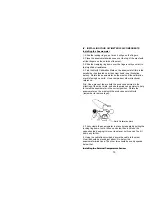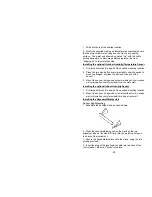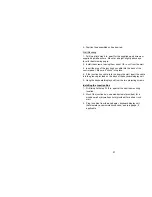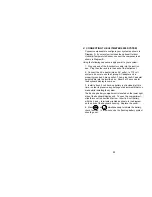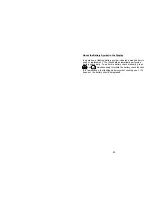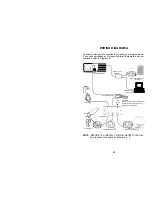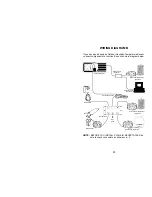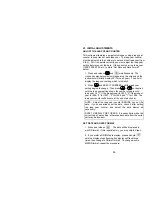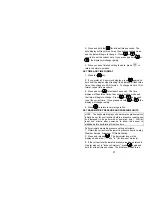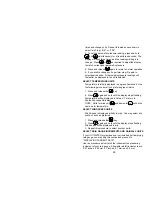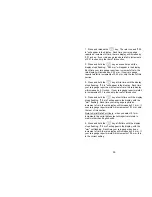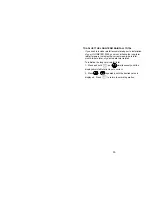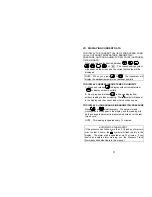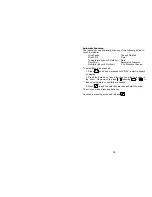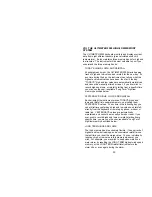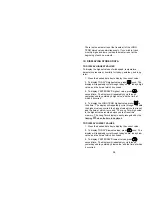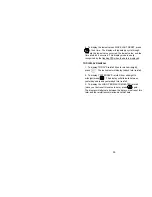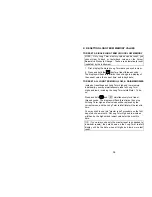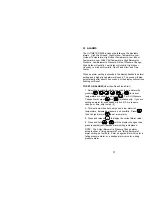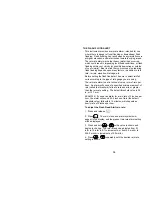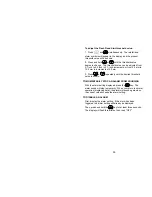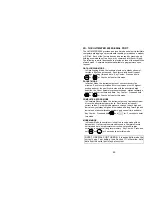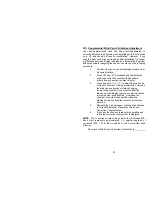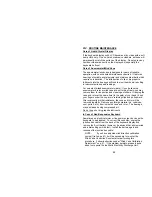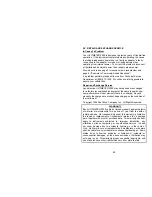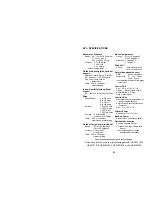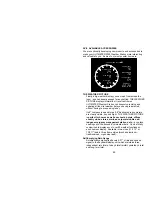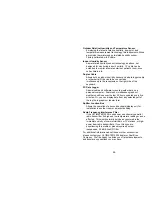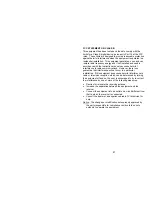
VIII. THE ULTIMETER 2000 HIGH/LOW MEMORY
SYSTEM
The
ULTIMETER
2000 keyboard monitors and displays current
data from eight different sensors (plus calculated wind chill
temperature). It also maintains three memory banks for high and
low records. The instrument will be most valuable to you if you
understand the three memory banks:
TODAY'S HIGHS, LOWS, AND RAINFALL
At midnight each night, the
ULTIMETER
2000 starts keeping
track of high and low values, and rainfall, for the new day. At
any time during the day, the instrument can tell you what the
highest and lowest values have been, thus far in the day.
"TODAY'S" high and low values are automatically maintained,
and cannot be manually altered or reset. If you ever wish to
record highs and lows, or rainfall, starting from a specific time,
you may use the user-resettable "Long Term" high/low
memory described below.
YESTERDAY'S HIGHS, LOWS, AND RAINFALL
Each midnight the instrument moves TODAY'S highs and
lows and rainfall into separate memory, now calling them
YESTERDAY'S values. At any time in the following day, you
can still retrieve yesterday's high and low values and rainfall -
directly from the keyboard or remotely by phone, modem, or
radio link. YESTERDAY'S values are automatically
maintained, and cannot be manually altered or reset. If you
ever wish to record highs and lows or rainfall starting from a
specific time, you may use the user-resettable "Long Term"
high/low memory described below.
LONG TERM HIGHS AND LOWS
The third memory bank is extremely flexible. It keeps track of
highest and lowest readings, and accumulated rainfall, since
the last time you reset the stored value. You can individually
reset any high or low value in this memory whenever you
wish. For example, you may wish to keep close watch on a
major storm by resetting the LONG TERM highest wind speed
memory, or the LONG TERM rainfall total just before the
storm hits, or even again during the storm.
33

